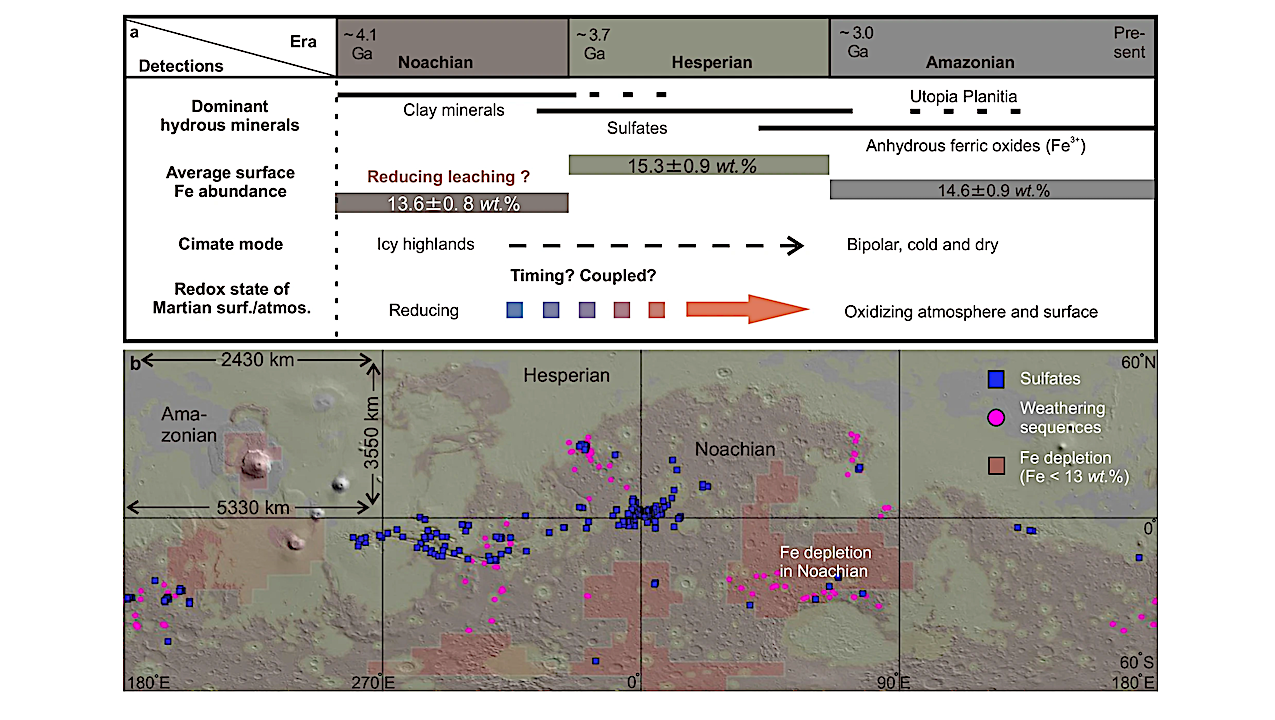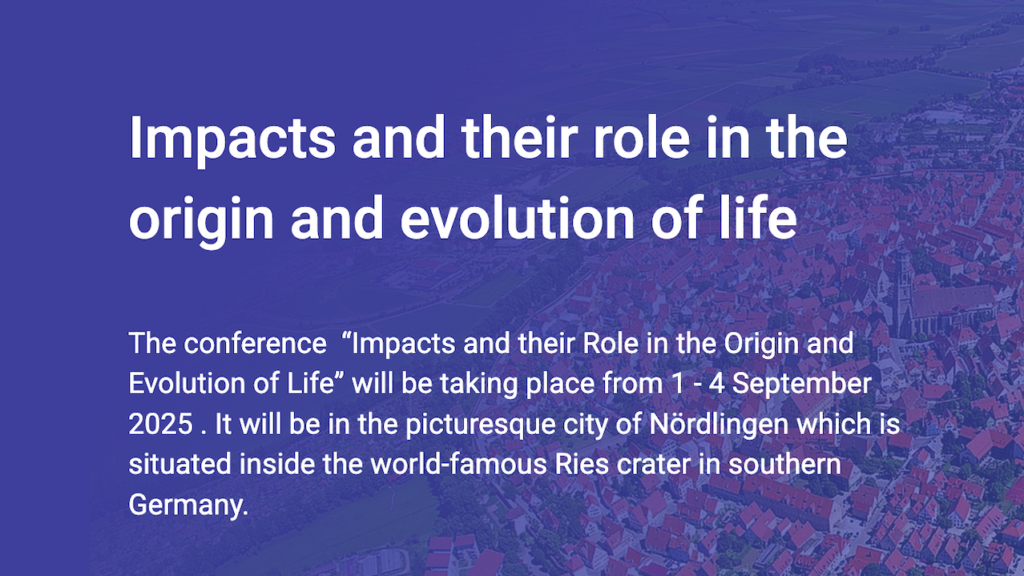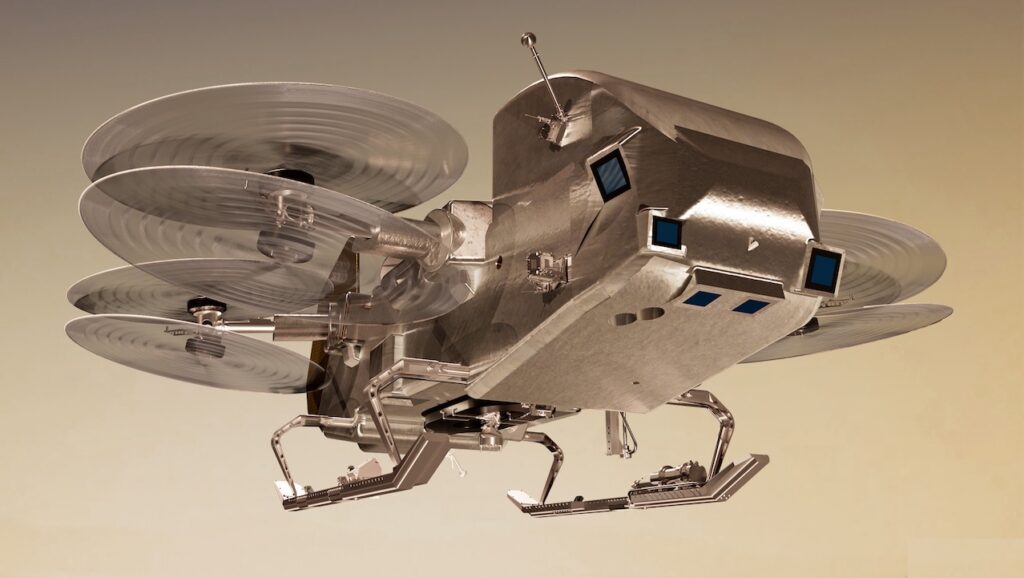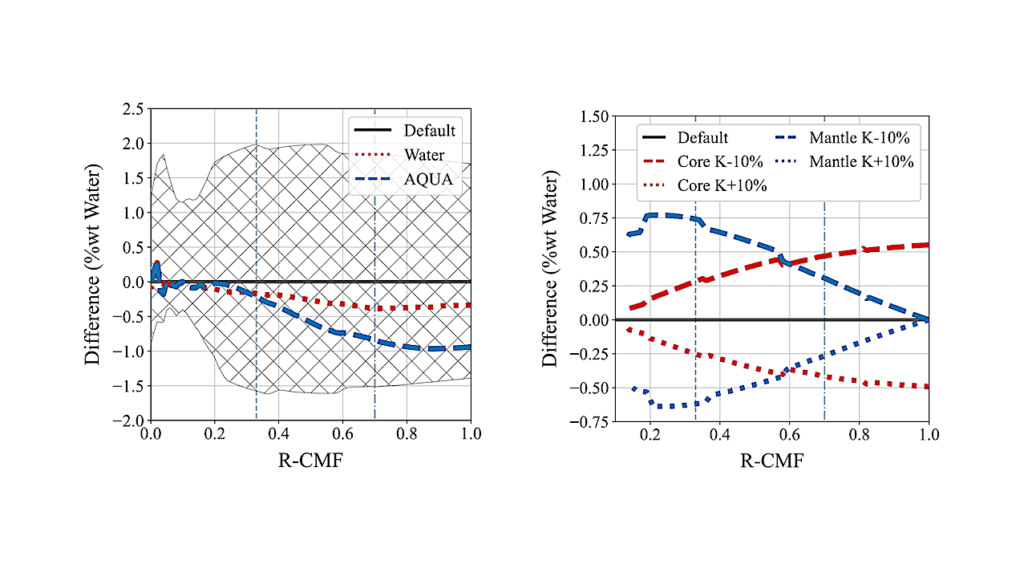Atmospheric Oxidation Drove Climate Change On Noachian Mars

Modern Mars is bipolar, cold, and oxidizing, while early Mars was characterized by icy highlands, episodic warmth and reducing atmosphere. The timing and association of the climate and redox transitions remain inadequately understood.
Here we examine the spatiotemporal distribution of the low surface iron abundance in the ancient Martian terrains, revealing that iron abundance decreases with elevation in the older Noachian terrains but with latitude in the younger Noachian terrains.
These observations suggest: (a) low-temperature conditions contribute to surface iron depletion, likely facilitated by anoxic leaching through freeze-thaw cycles under a reducing atmosphere, and (b) temperature distribution mode shifted from elevation-dominant to latitude-dominant during the Noachian period.
Additionally, we find iron leaching intensity decreases from the Early to Late Noachian epoch, suggesting a gradual atmospheric oxidation coupled with temperature mode transition during the Noachian period. We think atmospheric oxidation led to Mars becoming cold and bipolar in its early history
Atmospheric oxidation drove climate change on Noachian Mars Jiacheng Liu, Joseph R. Michalski, Zhicheng Wang & Wen-Sheng Gao Nature Communications volume 15, Article number: 5648 (2024) (open access)
Astrobiology








